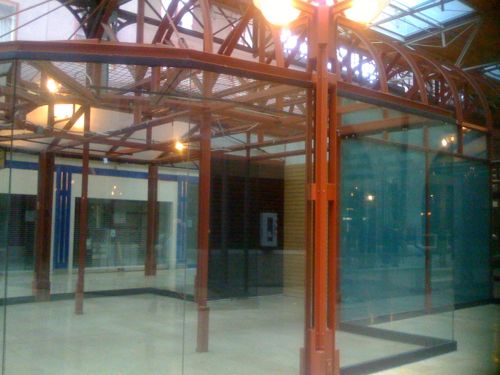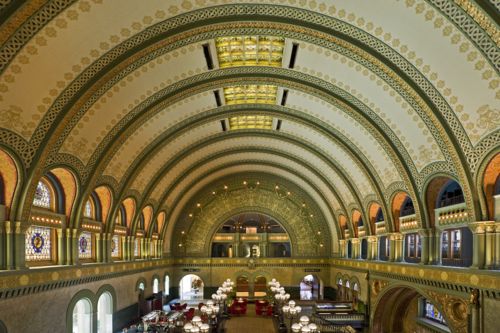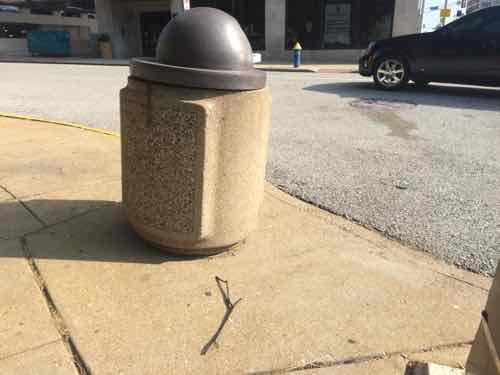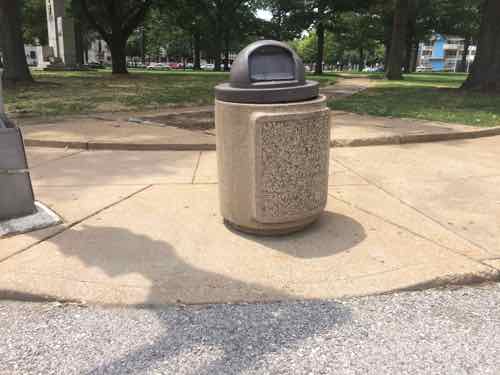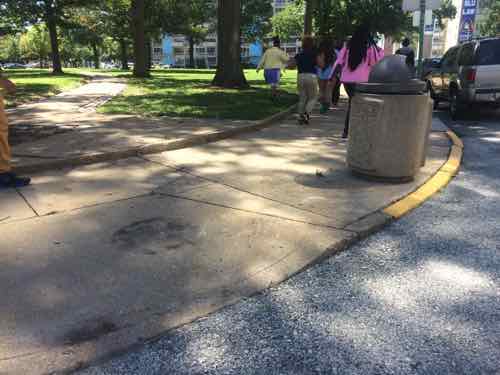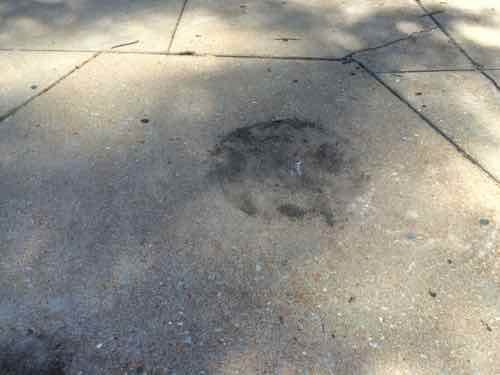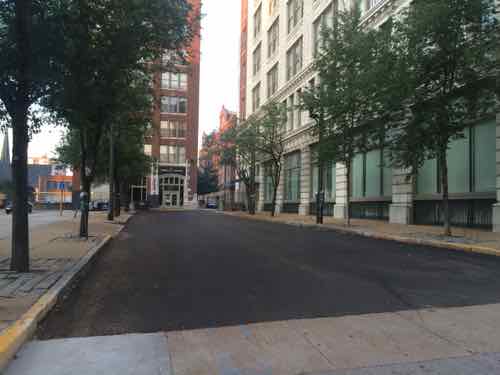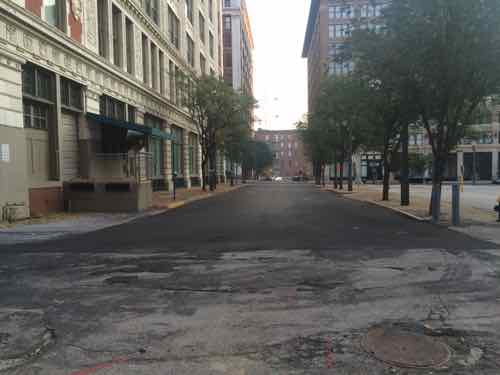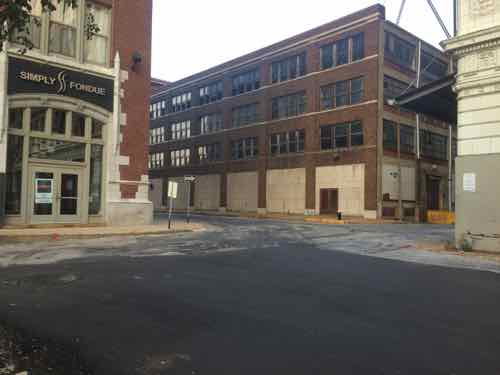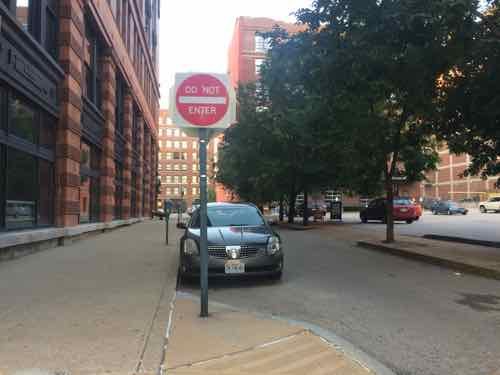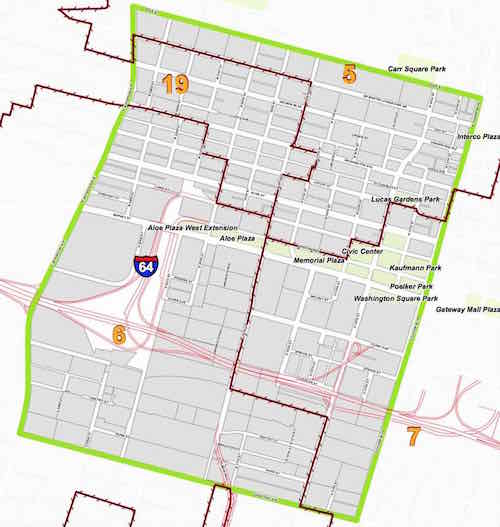Parking Enforcement Officer Kept Putting A Blue Bag In A Vehicle Displaying A Fake Ticket
If you drive & park in an urban area you’ve likely received a parking ticket one time or another. So it’s no surprise that I frequently see tickets on vehicles on my trips to/from the grocery store 7 blocks East of my loft. Earlier this month I noticed the same vehicle parked in the same spot as the day before — with a ticket just like the day before. How unusual.
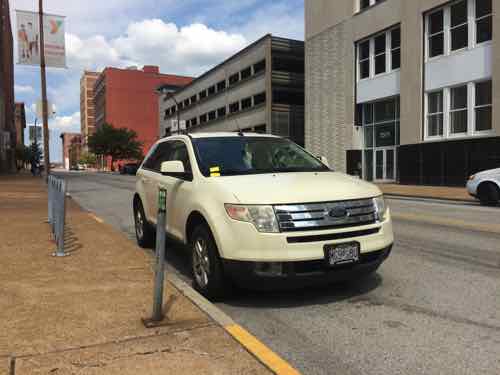
Then I noticed a Parking Enforcement car park behind it. Maybe they’re about to boot it, I thought. I go to the corner and then across the street so I can get a good view. The woman from Parking Enforcement grabbed a blue bag out of the back seat of her official vehicle and walks toward the ticketed vehicle. I wasn’t expecting what happened next.
She opened the front door, unlocked the other doors, opened the back door and left the blue bag on the rear seat. She locks the doors at the front, returns to her official vehicle, drives off. Huh?
A Parking Enforcement Officer (PEO) takes a blue bag from her official vehicle and puts it in the backseat of the ticketed vehicle! Why? What’s in the bag? What started as a curiosity about a vehicle getting ticketed for parking in the exact same spot quickly became a curiosity about the connection between this vehicle, the PEO, and the contents of the blue bag.
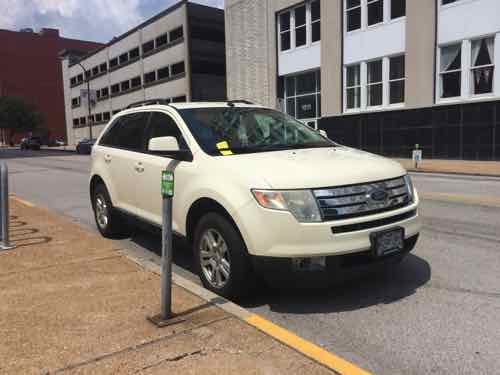
I thought by now the ticket had to be a decoy, but I needed proof.
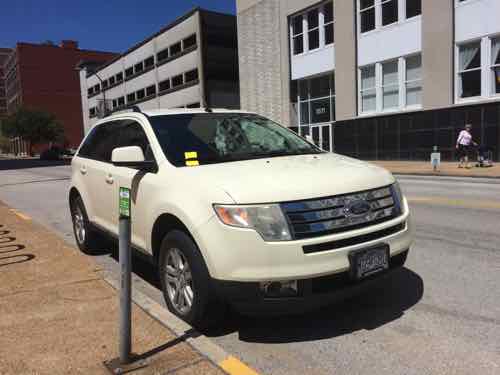
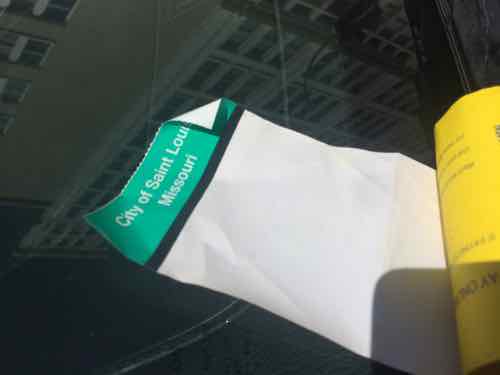
I’ve documented the fake ticket, but I still needed the bag drop off.
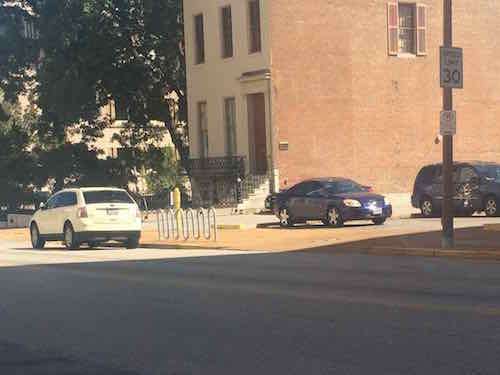
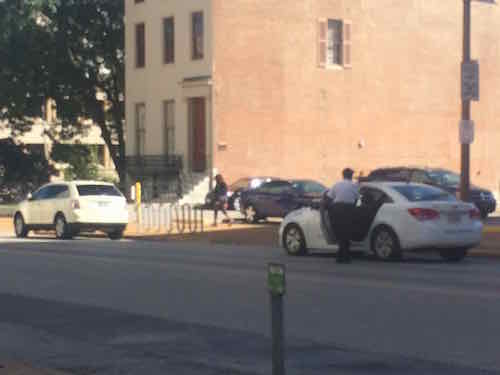
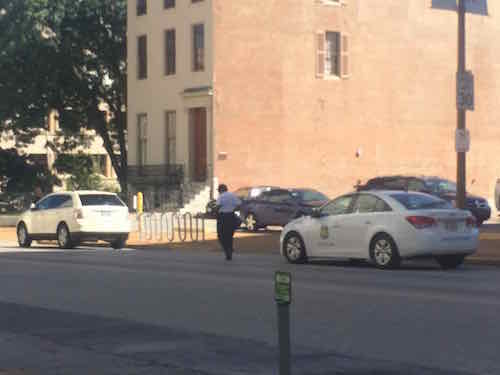
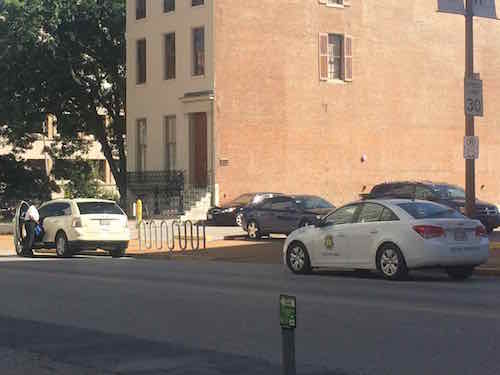
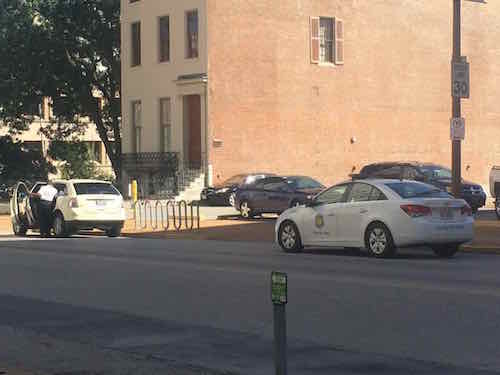
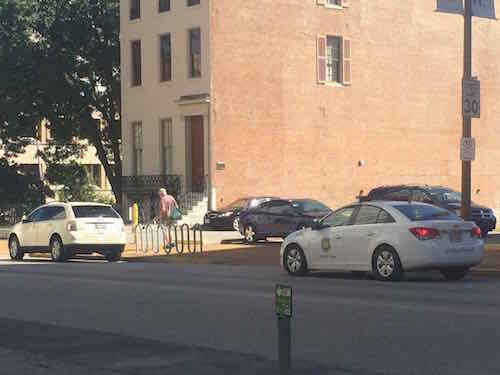
At this point I feel I have enough to blog about my observations and report to Parking Enforcement and Treasurer Tishaura Jones. I still have unanswered questions: Is this her vehicle? Is she dropping off her gym bag for after work?
Two days later, Wednesday last week, I go to the grocery store and the vehicle isn’t there both times I pass by the space. Five minutes later I go out in front of my building to talk to someone — they’ve left but I can see the vehicle now parked there. I go down and see it has the fake ticket under the wiper — of course it does!
A man approaches me and starts yelling at me.
“Why you fucking with my car?”
“You’d better mind your own fucking business!”
Then something about being in a wheelchair. By this point I’m leaving — I felt threatened and vulnerable. But across Locust at 16th I turned to look back and take one more photo.
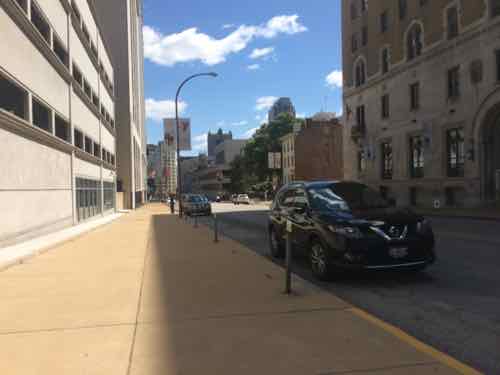
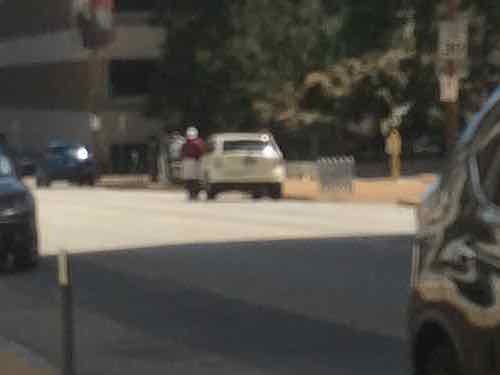
Given that I was threatened I called 911, the police looked at my photos to get the vehicle plate and city number on the parking enforcement car. They talked to the PEO supervisor. I then emailed the head of Parking Enforcement, Tishaura Jones, and her Chief of Staff — a reply said they’d investigate. At this point I don’t know anymore than you do.
At the very least this guy and the PEO were in cahoots with the fake ticket, but I think there’s much more to the story. When, and if, I find out I’ll let you know.
— Steve Patterson
